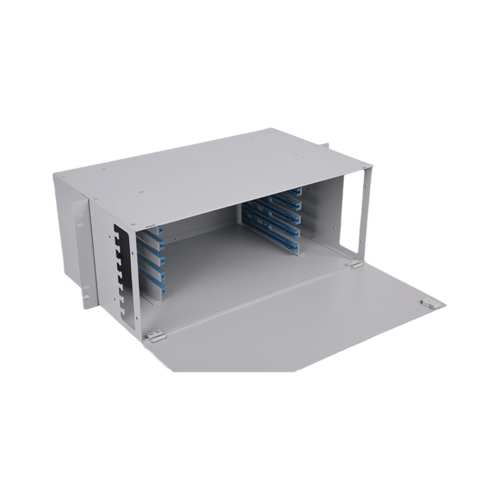Vast experience meets ambitious vision.
Home / News / Optic Splitter Box Uses and BenefitsOptic Splitter Box Uses and Benefits
2023.01.13
An optical splitter box, also known as a PLC (planar lightwave circuit) splitter, is used to divide an incoming optical signal into multiple output signals. This allows a single optical fiber to be split into multiple fibers, each carrying the same signal. The benefits of using an optical splitter box include:
Cost-effective: optical splitters are a cost-effective way to distribute a single optical signal to multiple locations.
High reliability: optical splitters have a low loss rate, which means that the signals passing through them are less likely to be lost or degraded.
Scalability: optical splitters can be easily expanded to accommodate more fibers and signals as needed.


Compact: optical splitters are small in size and can be easily integrated into existing network infrastructure.
High-speed data transmission: optical splitters support high-speed data transmission, making them ideal for use in high-bandwidth applications such as video streaming, online gaming, and cloud computing.
Low power consumption: PLC splitters are passive devices, they do not require any power to operate, which makes them more energy-efficient.
Overall, optical splitter boxes play a crucial role in the design and operation of fiber optic networks, enabling cost-effective and reliable distribution of high-speed optical signals to multiple locations.
related product
-

Digital Touch Screen Hotel Safe
ZLS-803
-

Digital Keypad Office / Home Safe
ZLS-809
-

Digital Keypad Office / Home Safe
ZLS-812
-

Solid Wood Construction 3 Drawer Mobile File Cabinet
ZLS-822
-

Horizontal Fiber Optic Splice Closure 209-2
-

Horizontal Fiber Optic Splice Closure 201-2
-

Horizontal Fiber Optic Splice Closure 203
-

Dome Fiber Optic Splice Closure 208-9
GET STARTED TODAY ?
We Can Help You With
There are many variations of safe, but the majority have services for all types and sizes.

 英语
英语 中文简体
中文简体